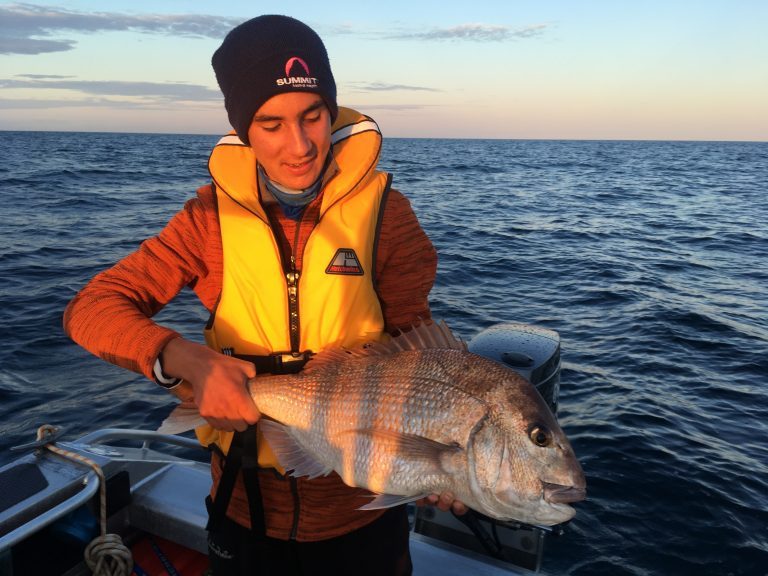
Slow Pitch vs Slow Jigging – the basics
In recent years, two new fishing techniques have emerged in New Zealand – slow jigging and slow pitch jigging. Both techniques have gained popularity among fishermen and have proven to be highly effective in catching a wide variety of popular kiwi fish species. However, despite their similarities in name and equipment, there are some significant differences between these two techniques.
Firstly, slow jigging is a fishing technique that involves using a jig that is worked slowly near the bottom of the sea floor. Kabura or slider style jigs, like the SnapperTackle Diamond Eye Kabura, are popular examples. The aim is to entice fish that are typically found near the bottom such as Snapper, Gurnard, and Blue Cod. The lure is designed to imitate a wounded or struggling baitfish, and the lure’s slow movements mimic those of a dyeing baitfish. When the rod is left in the rod holder the movement of the boat creates a rhythmic motion that the fish can’t resist. The Kabura skirts waft tantalisingly around the jig making it appear an irresistible easy feed to passing fish.
On the other hand, slow pitch jigging is a more complex technique that requires a more active approach from the fisherman – unlike slow jigging where the rod is often left in the rod holder. It involves using a jig that is designed to create an erratic, fluttering motion as it descends through the water column. These jigs, like our range of slow pitch jigs, often appear to be quite wide and flat, in comparison to a traditional knife jig. The lure is worked in a series of short, sharp movements, with the angler adjusting the jig’s movement as bites or “hits” are detected. This technique is called slow pitch jigging because the angler pitches the lure upwards and allows it to flutter back down slowly, mimicking the movements of a wounded or dying baitfish.
Like any method of fishing, both have their advantages and pitfalls and their success will often depend on the day. In our experience, slow pitch jigging tends to land larger Snapper and Blue Cod, and the odd rat Kingfish, whereas Slow Jigging is very effective on panny Snapper. Given that Slow Jigging requires virtually no input from the angler, the Slow Jig rod can be left in the rod holder while the angler concentrates on Slow Pitch Jigging.
If you have any questions about slow jigging or slow pitch jigging please feel welcome to contact us or call into one of our stockists
